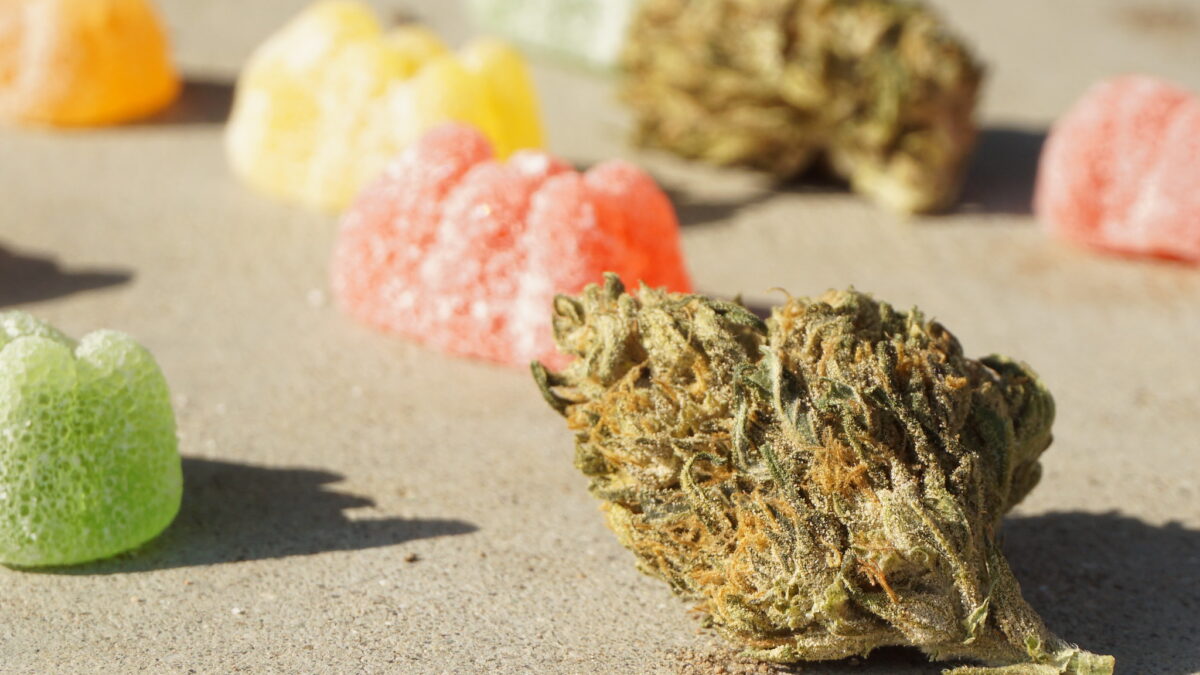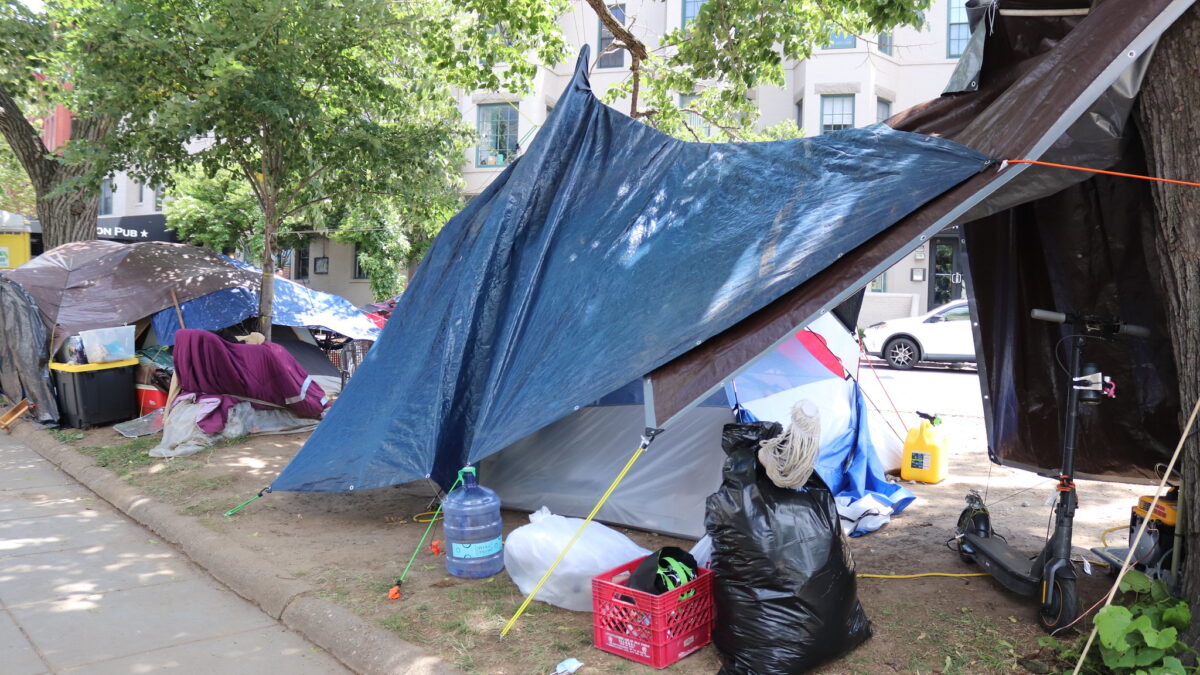The smoke is getting thicker as the pro-marijuana lobby trudges forward, state by state. With patience, tenacity, and money, they have successfully helped change laws throughout the country. This year’s midterm ballot measures to legalize marijuana across five different states are more evidence of the weed lobby’s advancements.
Even though the results were not as some had hoped, with only two of five state ballot measures passing, pandora’s box has been opened. In Maryland, the measure passed by almost a 2-1 margin. The measure squeaked by with passage in Missouri, based mainly on voters in St. Louis and Kansas City, both large metropolitan areas.
With the assistance of groups such as the ACLU, the pro-legalization lobby has used race and the claim of disparaging treatment of minorities who smoke pot. The narrative goes hand in hand with the anti-police rhetoric found in the same inner-city areas. These claims pressure politicians to support legalization initiatives, often cowering to the leftist supporters of the movement.
The progression from “it’s medicinal” to “it’s racist not to legalize weed,” is in many ways, what’s most interesting and even most impressive about the movement’s success. From the days of High Times Magazine and NORML, many thought it was a movement that would never gain the momentum needed to achieve legalization. But despite setbacks, pushback, and strict laws, the movement was focused and kept moving forward. Undeterred, they needed an angle, a foot in the door, so to speak. They could make their presence known if they could get that invite to the party.
Who could argue with those suffering from debilitating diseases or cancer claiming that nothing helped them like marijuana? At first, the anti-legalization groups and the government countered with the fact that the same chemical in marijuana that so many claimed they needed was already available pharmaceutically. The drug was Marinol and was available for those ailments advocates claimed they suffered. Yes, they said, but it’s not the same as smoking.
The government and those opposed were left scratching their heads. It was at this point that the pro-legalization groups succeeded. After decades of trying, they got their foot in the door and now had the leverage they needed. Knowing that all-out legalization was the ultimate prize, they pushed forward.
With some give and take, such as decriminalization, medical use, and one of their best weapons, race, the pro-marijuana movement made significant strides. Pay no attention to the researchers behind the curtain, they claimed. They don’t know anything about marijuana. They are all just against it. It’s harmless and no worse than alcohol. Yet, as more states have reformed their marijuana laws, many of the harms are only beginning to surface.
Today, many of the arguments made by the pro-marijuana movement have been proven wrong. New studies emerging every month show previously unknown detrimental effects on the brain and, more importantly, the brains of young people. You no longer hear the life-saving stories of the sick who could now smoke marijuana for their ailments. But there was a reason, and that once-used excuse to get the marijuana lobby into the party would now be considered hypocritical.
Enter the edible market. The new edible market isn’t made of those brownies and cookies many heard of decades ago. Today the market is gummies, chocolate bars, lollipops, fudge, and other candies. Add that to the baked goods, snack foods, desserts, such as cookies, brownies, cupcakes, popcorn, and ice cream, and sweetened beverages like sodas and lemonade, and what could possibly go wrong? Where, in the legalization market, was the public ever sold on not just smoking a little weed but adding it as an active ingredient in almost anything you can dream of?
In no time, we’ve witnessed the results firsthand. Young kids in emergency rooms suffering from THC toxicity from marijuana products taken from parents and older siblings. In late October, San Diego physician Dr. Roneet Lev, an addiction medicine doctor at Scripps Mercy Hospital, stated, “we’re now counting 37 cannabis-related diagnoses a day in emergency departments in San Diego County. It’s been steadily increasing over the years. When I started in the 1990s, there was no such thing. Now I see 1 to 2 cases per shift. The most common symptom is psychosis.”
The problem with use among children is there are no directions, no indication of just how many cookies you eat or gummy bears you chew on, and because the effects are not as quick as smoking marijuana, kids keep going until they get sick. Whether you believe that marijuana is a gateway to harder drugs, the facts are that long-term marijuana use in young people can lead to lower intelligence and mental health problems. Schizophrenia, depression, anxiety, anger, irritability, moodiness, and perhaps most importantly, the risk of suicide, which has already hit record numbers in young people, are all associated with marijuana use.
In the end, the pro-marijuana lobby, through decades of hard work and persistence, was able to convince liberal politicians that there’s nothing harmful about marijuana. Unfortunately, many of their initial claims have been proven wrong. Legalized weed has not eliminated illegal sales. Cartels are still sending marijuana across the border, and many people still prefer the local dealer to the local pot store where the prices are higher and taxes are due.
While the pro-marijuana group believes there is no direct correlation between marijuana use and harder drugs, some think it’s only a matter of time as the THC levels in marijuana and the high being chased increase. Whether marijuana serves as a gateway drug is debatable. During my 20 years in law enforcement, most of the pot smoking I witnessed among kids led to the use of pharmaceuticals, cocaine, and with some, harder drugs like heroin. Some of the kids straightened out. Some did not, and many are no longer with us.
Perhaps more significant is the double standard when comparing the use of hard drugs. One could argue that fentanyl only leads to death among illegal drug users and therefore is no danger to society. Why not legalize that? You have nothing to worry about if you’re not abusing legal drugs. The potential effect on young people would be devastating, but yet seems to be the one group that those who favor legalization leave out of many of their hand-picked studies.
Finally, now that big tobacco and their army of lobbyists with their political campaign donations are staking their claim, making that argument will be more difficult, if not impossible. There’s just too much money at stake, and with cash-strapped states that insist upon never-ending freebies and entitlements, something or someone has to pay. If it happens to be on the backs of a generation of young people, I guess to some, that’s acceptable. Curbing the sale and abuse will be difficult.
Suppose the government truly cares about a generation already faced with sinking grades, mental health issues, and a bleak future. In that case, the only thing to do is step up, admit we need to take another look, and keep marijuana on the schedule of controlled substances until reasonable people can recognize the damages caused.
Ignoring these changes will have a catastrophic effect on people who believe there are few dangers to marijuana use. Keeping marijuana controlled and refusing to move forward with any perceived equitable tax structure will keep the market uncertain. Perhaps that uncertainty may be the only arrow left in the quiver when protecting young people from the widely unknown dangers of smoking and consuming marijuana edibles.








